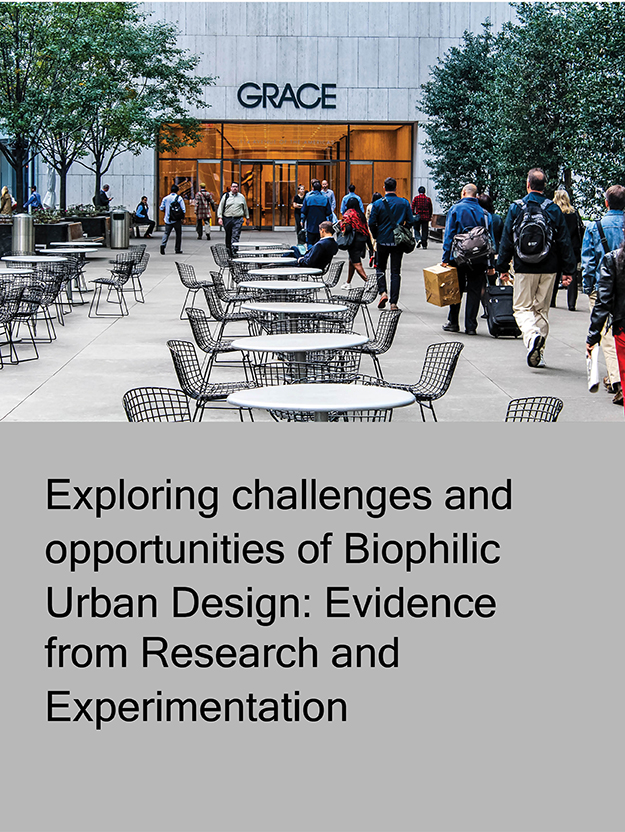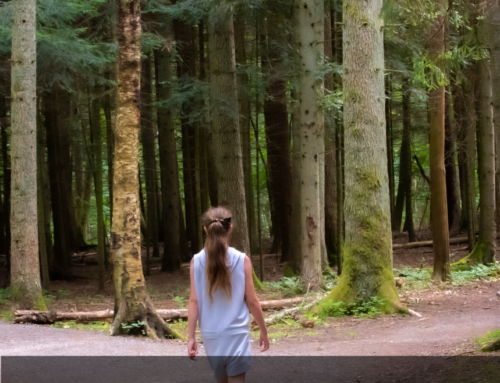Exploring Challenges and Opportunities of Biophilic Urban Design

Global health emergencies such as Covid-19 have highlighted the importance of access to nature and open spaces in our cities for social, physical, and mental health. However, there continues to be a disconnect between our need for nature and our daily lived experience. Recent research indicates that our connectedness and relationship with nature, and in particular biophilic design, may be key for improving both health and quality of life. Rather than relying on abstract universal ideas of “nature”, using evidence-based biophilic design and policy at a building, neighborhood, and city scale, to link our daily lives with biodiversity, may encourage sense of place and make environmental action more meaningful. Then, improving our natural capital in the urban built environment might help address the current climate and disease crisis, as well as improving our physical and mental health. Drawing from emerging research and innovative practice, the paper describes key research and design paradigms that influence the way we understand the benefits of nature for different environments, including the workplace, neighborhood, and city, and explains where biophilic design theory sits in this field. Examples from recent research carried out in London and Chicago are provided, aiming at demonstrating what kind of research can be functional to what context, followed by a detailed analysis of its application supporting both human and ecological health. The study concludes indicating key policy and design lessons learned around regenerative design and biophilia as well as new directions for action, particularly with regard to climate change, sense of place, and well-being.





